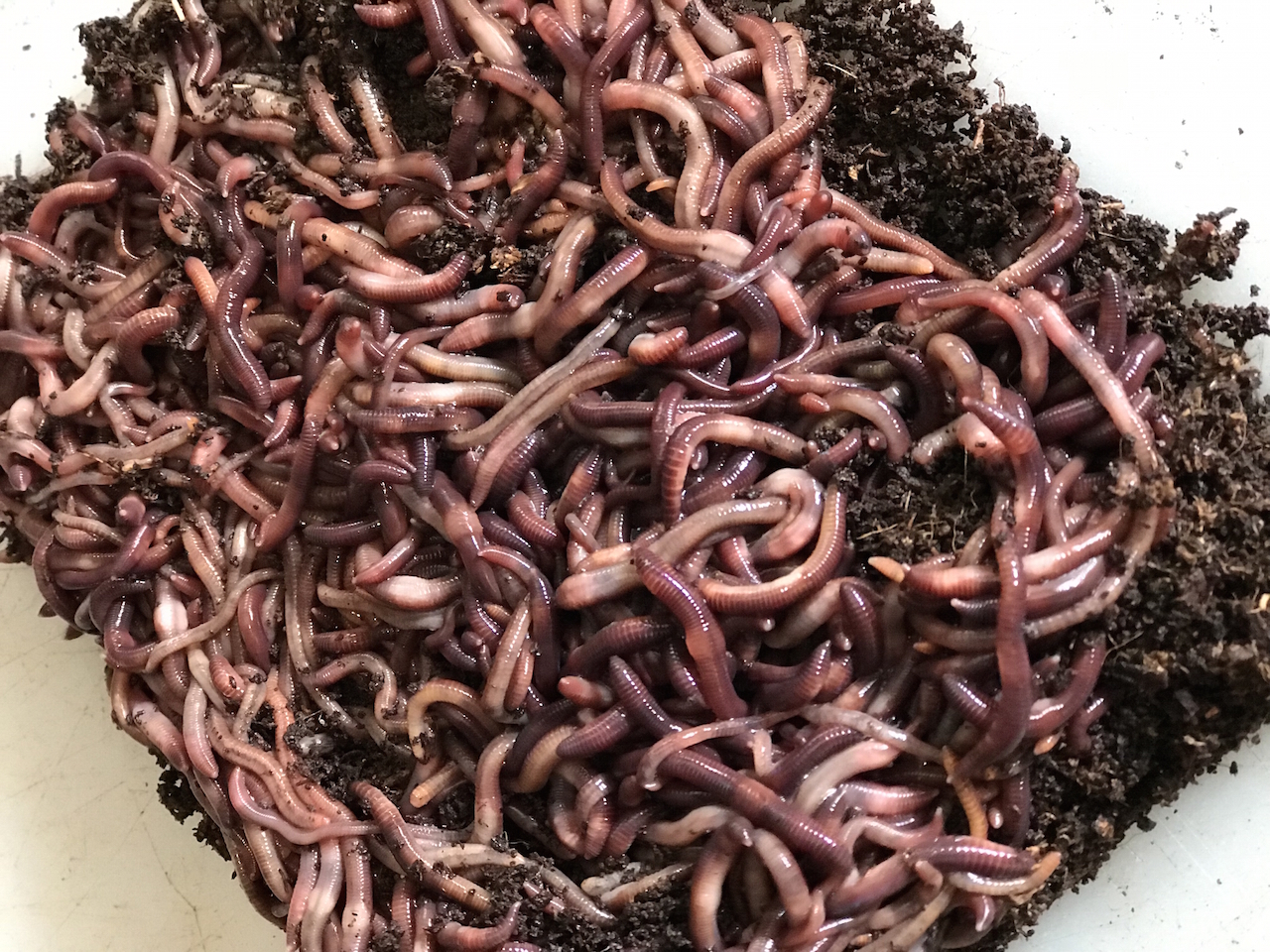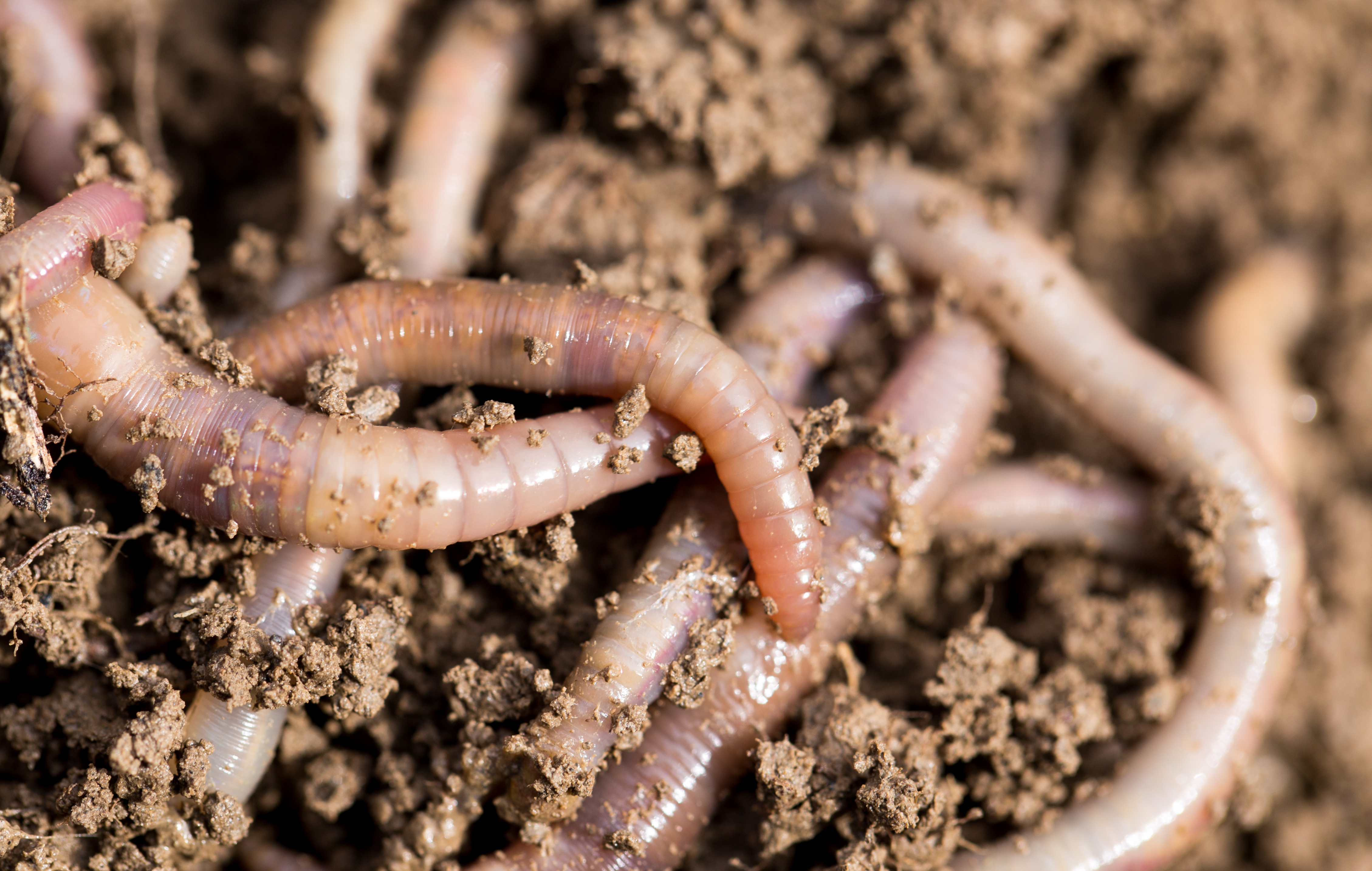Red Wiggler Worms - Necessary for Healthy and Effective Gardens
Red Wiggler Worms - Necessary for Healthy and Effective Gardens
Blog Article
Red Wiggler Worms Demystified: Opening the Keys of Vermiculture for Greener Living and Nutrient-Rich Dirt
In the world of sustainable techniques for enriching dirt high quality and advertising eco-conscious living, red wiggler worms play a crucial yet typically forgotten duty. These humble creatures have the impressive capacity to change natural waste right into nutrient-rich castings that act as a powerful natural plant food. By diving into the globe of vermiculture, one can reveal a myriad of benefits that extend much beyond conventional composting methods. Understanding the ins and outs of looking after these worms, maximizing their atmosphere, and harnessing their spreadings can result in a greener way of living and healthier dirt for plants to prosper.
The Role of Red Wiggler Worms
Red Wiggler worms play a vital function in composting systems by successfully breaking down raw material into nutrient-rich spreadings. These voracious eaters take in a selection of organic products, such as kitchen area scraps, backyard waste, and paper items. As they feed, the worms' digestive procedures break down the natural matter right into a penalty, dark, and nutrient-dense product understood as worm spreadings or vermicompost.
The castings created by Red Wiggler worms are very valuable for dirt health and plant development. They are abundant in necessary nutrients like phosphorus, potassium, and nitrogen, which are essential for sustaining healthy plant development. Furthermore, worm castings have valuable germs and enzymes that aid boost dirt structure, rise water retention, and improve nutrient uptake by plants.
Benefits of Vermicomposting

Moreover, vermicompost, the nutrient-rich output of vermicomposting, acts as an exceptional natural plant food and soil conditioner. It enhances soil structure, improves dirt aeration, and boosts soil wetness retention. These homes contribute to much healthier plants with more powerful root systems and better resistance to diseases and insects. Vermicompost also enhances the soil with crucial nutrients like potassium, phosphorus, and nitrogen, advertising plant development and total dirt fertility.
In addition, vermicomposting supports sustainable horticulture practices by giving a chemical-free and all-natural alternative to synthetic plant foods. Red Wiggler Worms. This eco-friendly approach not just improves the soil yet likewise helps in reducing reliance on dangerous chemicals, promoting a greener and much more sustainable method of gardening
Setting Up a Worm Container
When establishing a worm container for vermicomposting, appropriate arrangement is critical to guarantee the success of the composting procedure. The first action in establishing up a worm bin is picking a suitable container. This can be a plastic bin or wood box that supplies enough space for the worms to move and has appropriate drainage holes to stop waterlogging. Next, a bedding material such as shredded paper, cardboard, or coconut coir must be included in the container. This bed linen provides a comfy environment for the worms and assists maintain wetness levels.
After including the bedding, present the red wiggler worms to the container. It is recommended to begin with a little number of worms and gradually increase as they increase. The worms must after that be supplied with food scraps such as fruit and veggie peels, coffee premises, and eggshells. It is necessary to prevent adding meat, dairy products, oily, or salty foods to avoid drawing in pests and creating unpleasant smells.
Regularly check the dampness degrees and temperature level in the worm bin to make certain optimal conditions for the worms. With appropriate setup and maintenance, the worm bin will properly convert natural waste right into nutrient-rich compost for your plants and garden.
Collecting Worm Castings
To efficiently accumulate nutrient-rich worm castings from your vermicomposting system, a methodical harvesting approach is crucial. When it comes time to collect the worm spreadings, there are a couple of vital actions to comply with to guarantee an effective procedure.

Troubleshooting Common Issues
Identifying and addressing typical difficulties that might arise during the vermicomposting procedure is vital for keeping a productive and healthy worm visit our website container. One common issue that vermicomposters experience is overfeeding. Adding excess food scraps can bring about a build-up of moisture and acidity in the worm container, potentially damaging the worms. To avoid this, feed the worms in small amounts, guaranteeing that the food scraps are adequately broken down before including a lot more. An additional concern is unpleasant smells rising from the worm container. Foul smells suggest anaerobic conditions, commonly brought on by overwatering or poor ventilation. To treat this, readjust the wetness levels by including completely dry bedding materials like shredded paper or cardboard and boost aeration by turning the bed linen regularly.
In addition, if the worm populace is declining or the worms appear undesirable, maybe due to environmental stressors such as severe temperatures or pH degrees. Keeping an eye on these variables and making required modifications is important for the wellness of the worms. By fixing these common issues promptly, vermicomposters can make certain a smooth and successful vermicomposting procedure while maintaining a prospering worm population.

Verdict
In conclusion, red wiggler worms play an essential function in vermiculture by breaking down organic matter into nutrient-rich dirt. Establishing up a worm container is important for successful vermiculture, and gathering worm spreadings offers beneficial compost for gardening.
As they feed, the worms' digestive system processes damage down the natural issue right into a penalty, dark, and nutrient-dense material understood as Related Site worm castings or vermicompost.
The castings created by Red Wiggler worms are extremely advantageous for soil health and plant development. Adding excess food scraps can lead to a buildup of dampness and acidity in the worm container, potentially hurting the worms.Furthermore, if the worm populace is decreasing or the worms show up undesirable, it can be due to ecological stress factors such as extreme temperature levels or pH levels. Establishing up a worm container is necessary for effective vermiculture, and collecting worm castings supplies beneficial compost for gardening.
Report this page